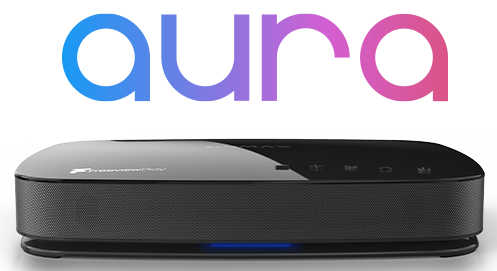Hi, was wondering if any one else had found this problem.
When i try and view images from my NAS using DLNA some photos refuse to display, although I can see thumbnails. Selecting them just results in a never ending loading icon. It's not a crash as i can navigate back just fine.
Took me ages to figure out, but it must be due to the resolution of the photo. Mine are usually around 5.6k x 3.7k (4-6MB). If i take a photo that fails then resize it smaller then it works fine on the Humax over DLNA.
So my questions are - is this a bug? Something that can be fixed, or something more fundamental with DLNA specs? Other clients can see photos fine. Second question would be is anyone aware of a DLNA server setting that will downsample images? Plex does this for videos, but i can't see any mention of images. I am sure as hell not going through my library and chucking away detail to get it to show on the telly!
thanks
John


